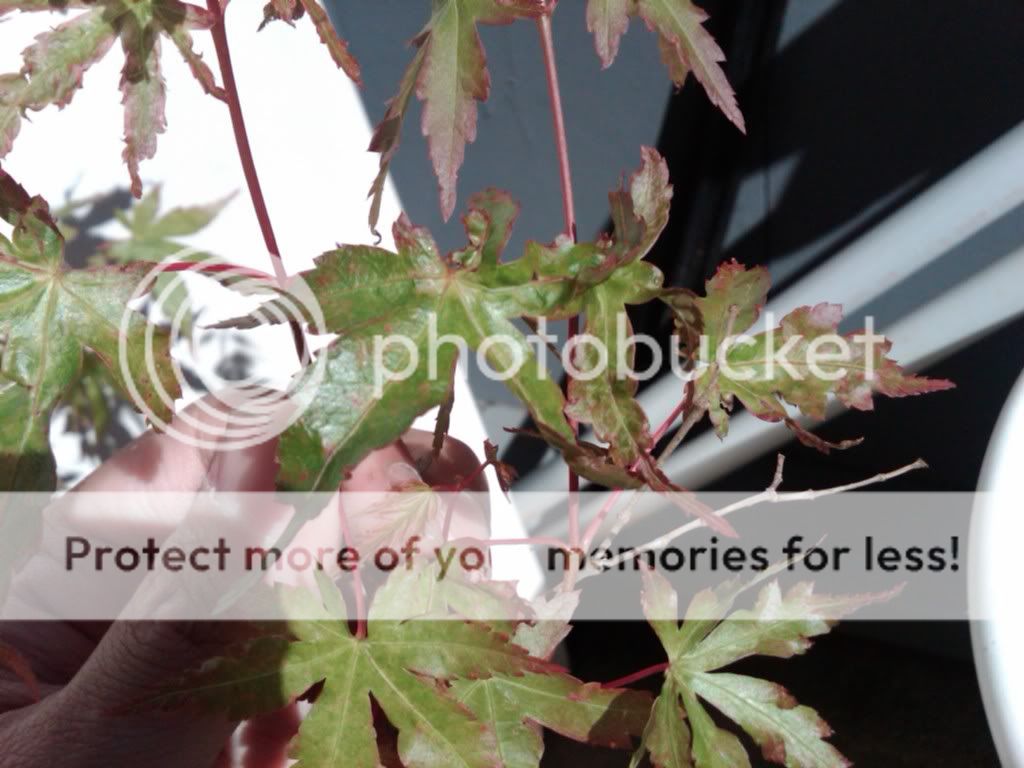linlaoboo
Mame
Newbie JM enthusiast here, have killed similar material over the winter in 6b before. so far I only let it get afternoon sun for about 5 hours a day and have seen new leave growth but some of the old leaves as purchased have odd shapes and are somewhat wrinkled in full size.Is this normal? I remember the nursery guy told me they use well water for everything they grow there.



The new growth seem to be ok so far.

I'm hoping to keep these alive for a couple years to thicken up before thinking about shaping it. Would you recommend growing it in the ground? Which direction and how much sun should I give it when field grown?



The new growth seem to be ok so far.

I'm hoping to keep these alive for a couple years to thicken up before thinking about shaping it. Would you recommend growing it in the ground? Which direction and how much sun should I give it when field grown?
